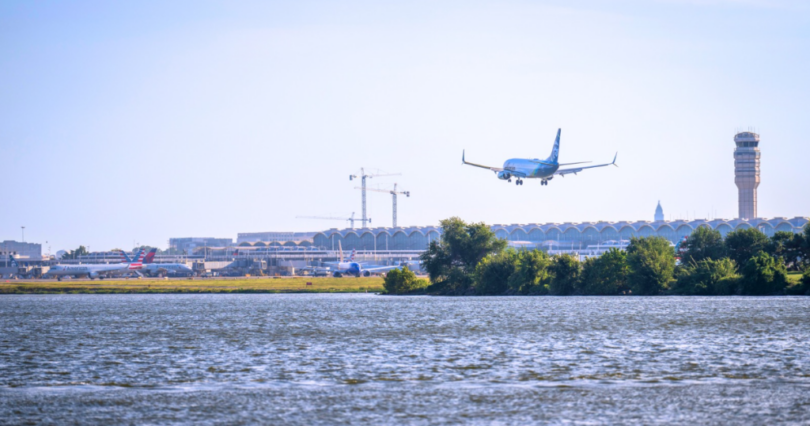FAA Reveals Air Traffic Controller was Doing the Job of Two People During DC Plane Crash
In a shocking revelation from the Federal Aviation Administration’s (FAA) preliminary report, the air traffic controller managing operations during the fatal collision between a passenger plane and a Black Hawk helicopter in Washington, DC, was performing two controllers’ jobs simultaneously due to critical staffing shortages at one of the nation’s most sensitive airports.
The incident at Ronald Reagan Washington National Airport Wednesday night highlights a broader staffing crisis that has plagued the facility, with the control tower operating well below normal staffing levels for the traffic volume and time of day.
The controller was tasked with the demanding dual responsibility of monitoring helicopter traffic while simultaneously directing arriving and departing aircraft on the airport’s runways – duties typically divided between two separate controllers for safety and efficiency reasons.
The New York Times reported that per the FAA’s findings, the airport’s air traffic control facilities have been grappling with severe understaffing issues for years.
As of Sept. 2023, the facility employed only 19 fully certified controllers, falling significantly short of the targeted 30 controllers jointly established by the FAA and the controller’s union.
This dramatic shortfall represents a 37 percent staffing deficit at an airport serving the nation’s capital, the New York Post outlined.
The staffing shortage has placed an extraordinary burden on existing controllers, who frequently work extended 10-hour days and six-day weeks to maintain airport operations.
This grueling schedule raises concerns about controller fatigue and its potential impact on air safety. The understaffing crisis stems from various factors, including hiring disruptions during the COVID-19 pandemic and a 2019 funding lapse that interrupted recruitment efforts.
The FAA has taken steps to address these shortfalls, per the Post.
In 2023, the agency exceeded its hiring target, bringing on 1,512 new controllers against a goal of 1,500.
According to Congress’ Air Traffic Controller Workforce Plan report, the agency has committed to “maximum hiring for the next few years” to recover from the previous understaffing that has left airports nationwide struggling to maintain optimal staffing levels.
The Post further noted that the agency’s recruitment efforts are guided by its Diversity and Inclusion Strategic Plan 2021-2025, which emphasizes outreach to underrepresented communities through internship programs and partnerships with educational institutions and community organizations.
These initiatives aim to build a more diverse workforce while addressing critical staffing shortages across the nation’s air traffic control system.
This ongoing staffing crisis raises serious questions about air traffic safety and the demands placed on controllers who must maintain constant vigilance while juggling multiple critical responsibilities in one of the nation’s busiest and most security-sensitive airspaces.
The revelation that a single controller was handling multiple roles during a fatal accident has intensified scrutiny of the FAA’s staffing practices and their potential impact on aviation safety.
TTOA previously covered that the devastating Wednesday night crash is said to have come just one day after another aircraft narrowly avoided a similar incident at the same location, raising serious questions about air traffic safety protocols.
24 hours earlier Republic Airways Flight 4514 from Windsor Locks, Connecticut, had to abort its landing at Reagan National when a helicopter appeared in its flight path.
The aircraft successfully completed a second approach after the near-miss, according to air traffic control recordings obtained by The Washington Post.
Flight radar data confirmed the plane had to dramatically increase altitude during its initial approach before safely landing on the second attempt.


Leave a Comment